Ultrawide cameras are underrated — 7 tips to take better shots with your phone
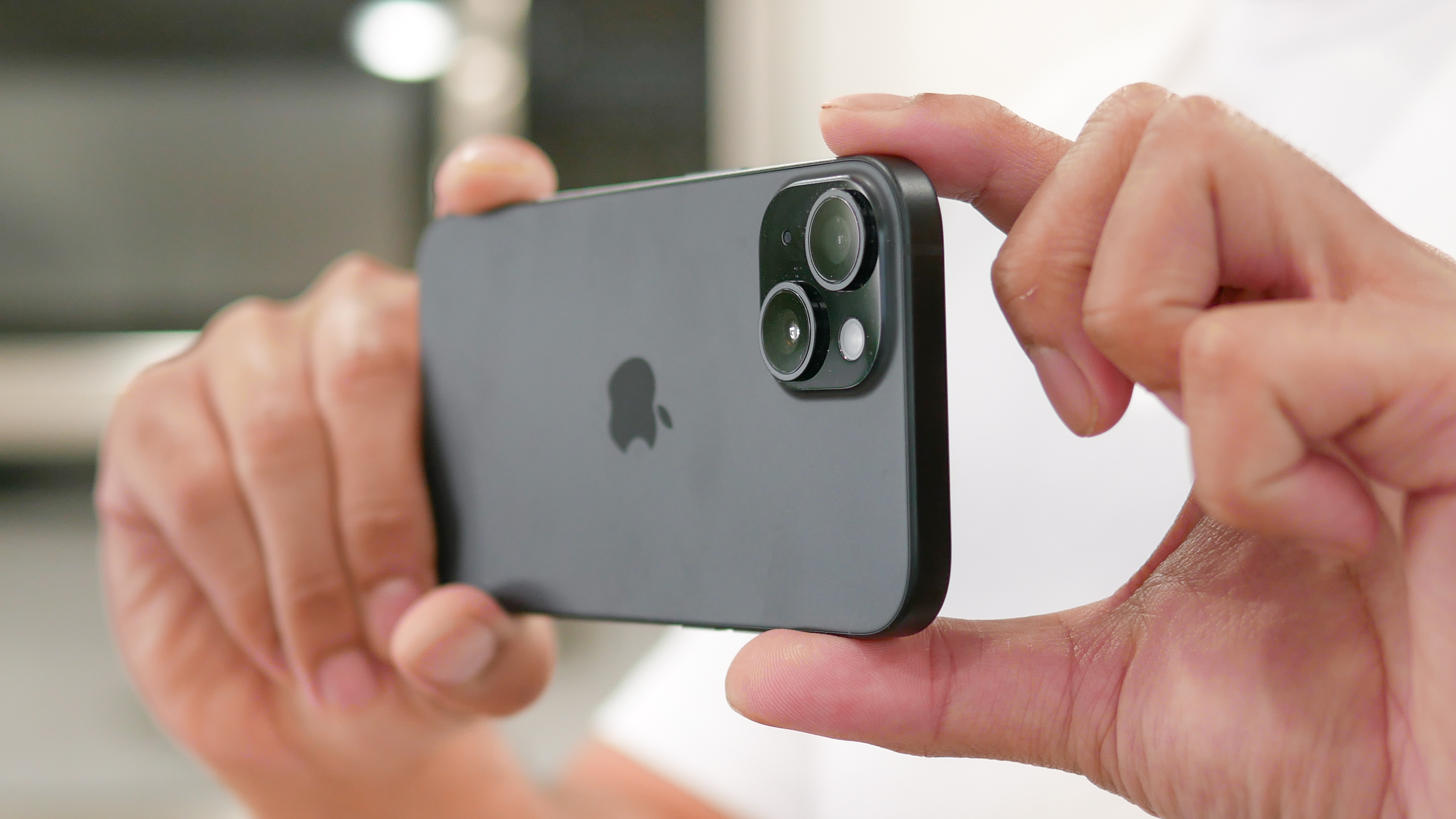
Today’s best camera phones are extremely versatile thanks to the range they cover. Phones accompanied by triple cameras are often admired for this exact reason, as they can capture everything from very close subjects to faraway stuff in the distance. While the vast majority of work is done by the phone’s main camera, the ultrawide lens is often left underused. In fact, we’d argue that it’s used less than the telephoto camera (on phones that offer a dedicated telephoto camera, at least).
There are definite challenges when it comes to using the ultrawide camera, such as the visible distortion around the edges of your shot. But with some careful attention, you can actually take better ultrawide shots with your phone. Like really — you can take a boring landscape photo and make it look much more epic with an ultrawide camera.
Even though features vary from device to device, most of these tips below on how to take better shots with your phone’s ultrawide camera are universal. There are some minor quirks that you can achieve with iPhone versus Android (and vice versa), but following the advice below could spur you to use the ultrawide camera more often than not.
Center your subject

This is without question the fundamental tip everyone should abide when capturing ultrawide shots. Centering your subject in the frame is critical because a little too off center can result in visible distortions that make faces and appendages look like they’re experiencing warp speed on the USS Enterprise for the first time.
By centering your subject, you lessen the fish eye effect that can happen with the widest ultrawide cameras around.
Keep your phone extra still for night shots
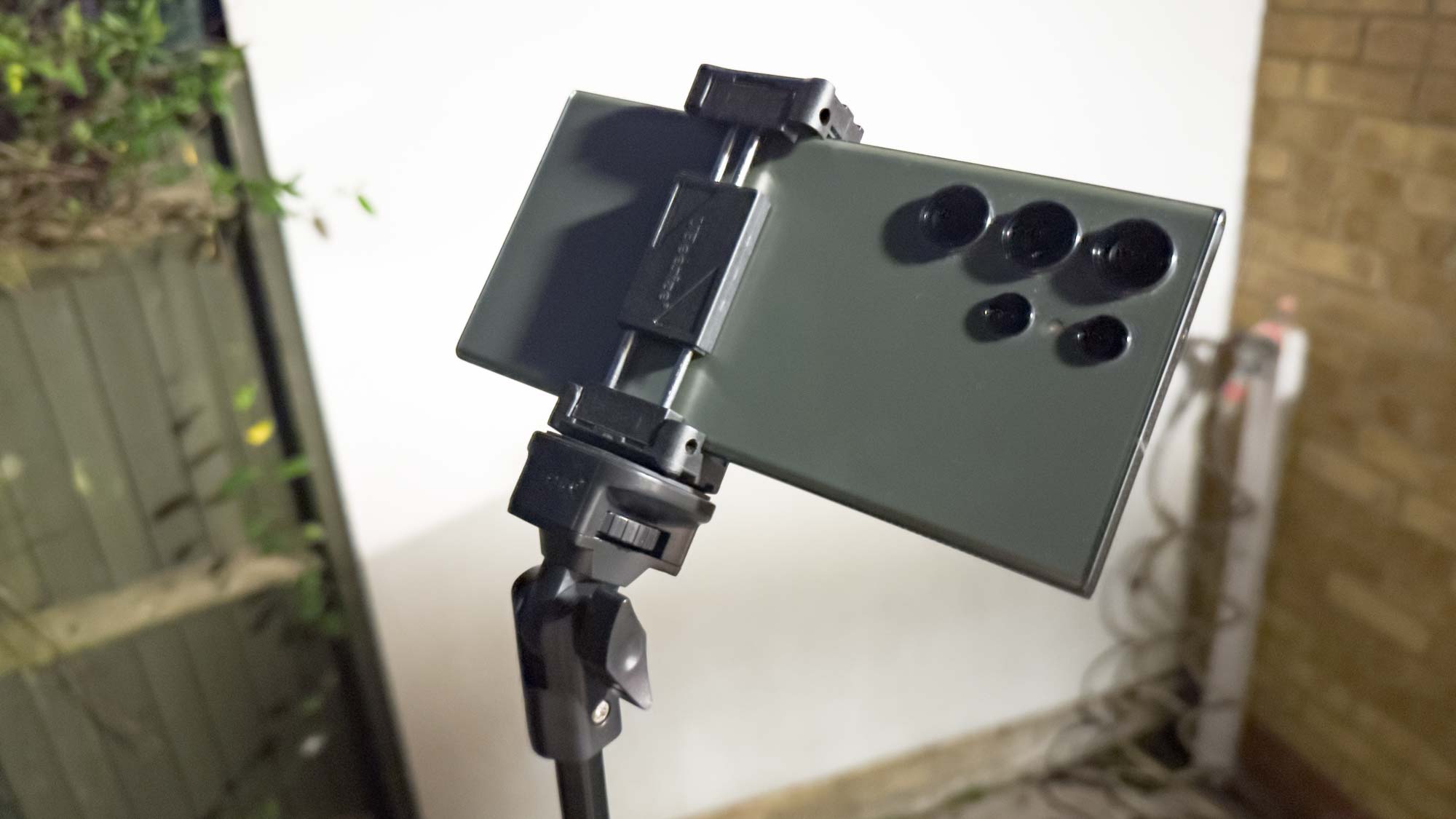
Night time photos and videos captured by a phone’s ultrawide camera usually come out the worst. That’s because they’re unable to draw in more light than what the lens on the main camera can absorb. This isn’t an issue under ideal sunny conditions, but under low light, photos captured by the ultrawide are noticeably softer and noisier.
However, there’s a way to reduce this by using your phone’s dedicated night mode. In this mode, a phone will typically have a longer exposure time — and as a result, they come out much brighter and more detailed. The only challenge here is trying to keep your phone still, which is why it’s better to use a tripod or phone stand to get the best results.
Get instant access to breaking news, the hottest reviews, great deals and helpful tips.
Get closer with macro

Another great tip to get more out of the ultrawide camera in your phone is to use it for macro shots because you can get much closer to whatever you’re capturing than the main camera. Most of the best camera phones around will automatically go into macro mode the moment they sense you’re capturing something very close.
Finding the right focus can sometimes be difficult with macro photography, so that’s why it’s good practice to lock your exposure and focus by long pressing on your phone’s display.
Gain more coverage with an ultrawide panoramic
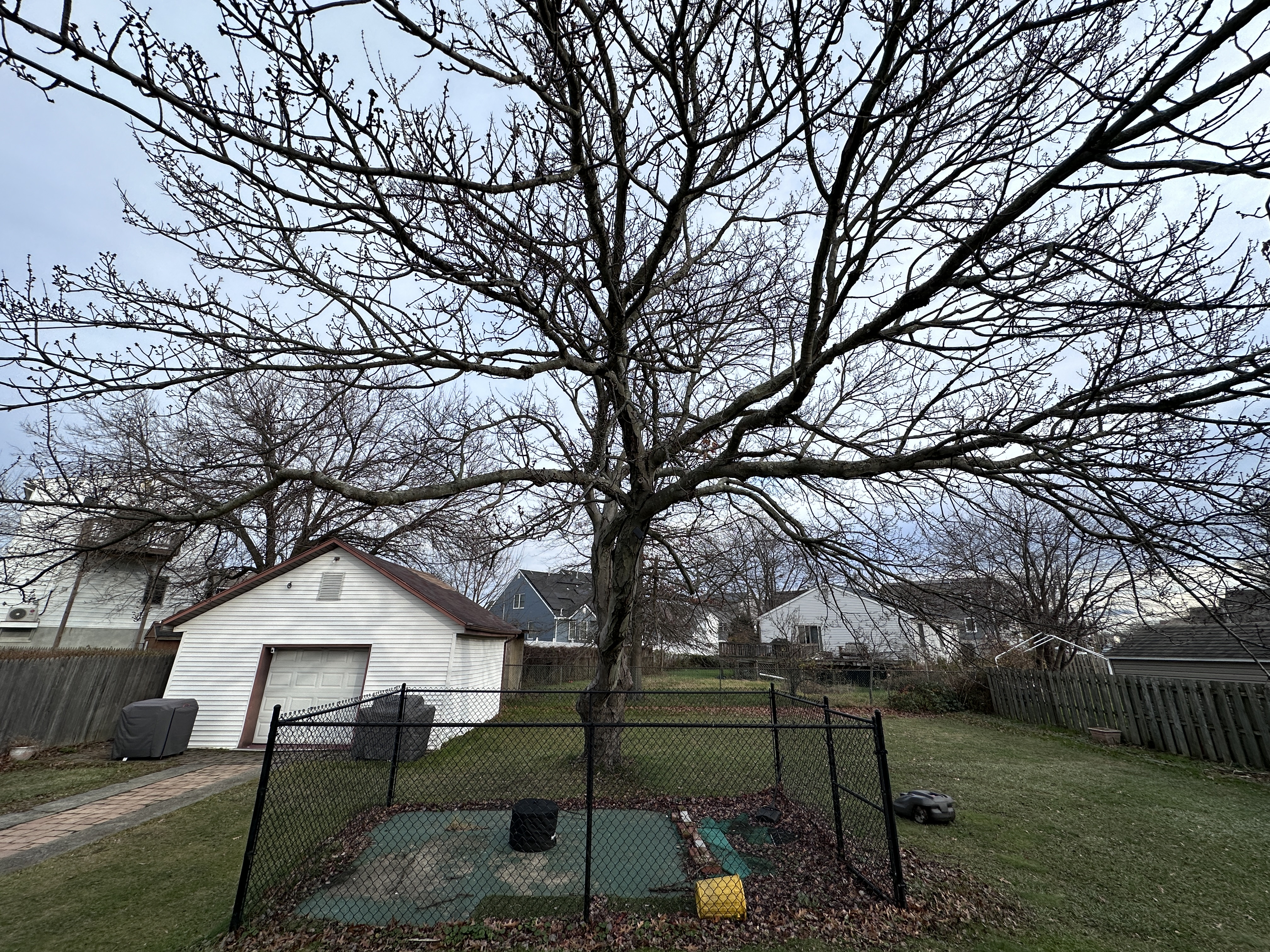
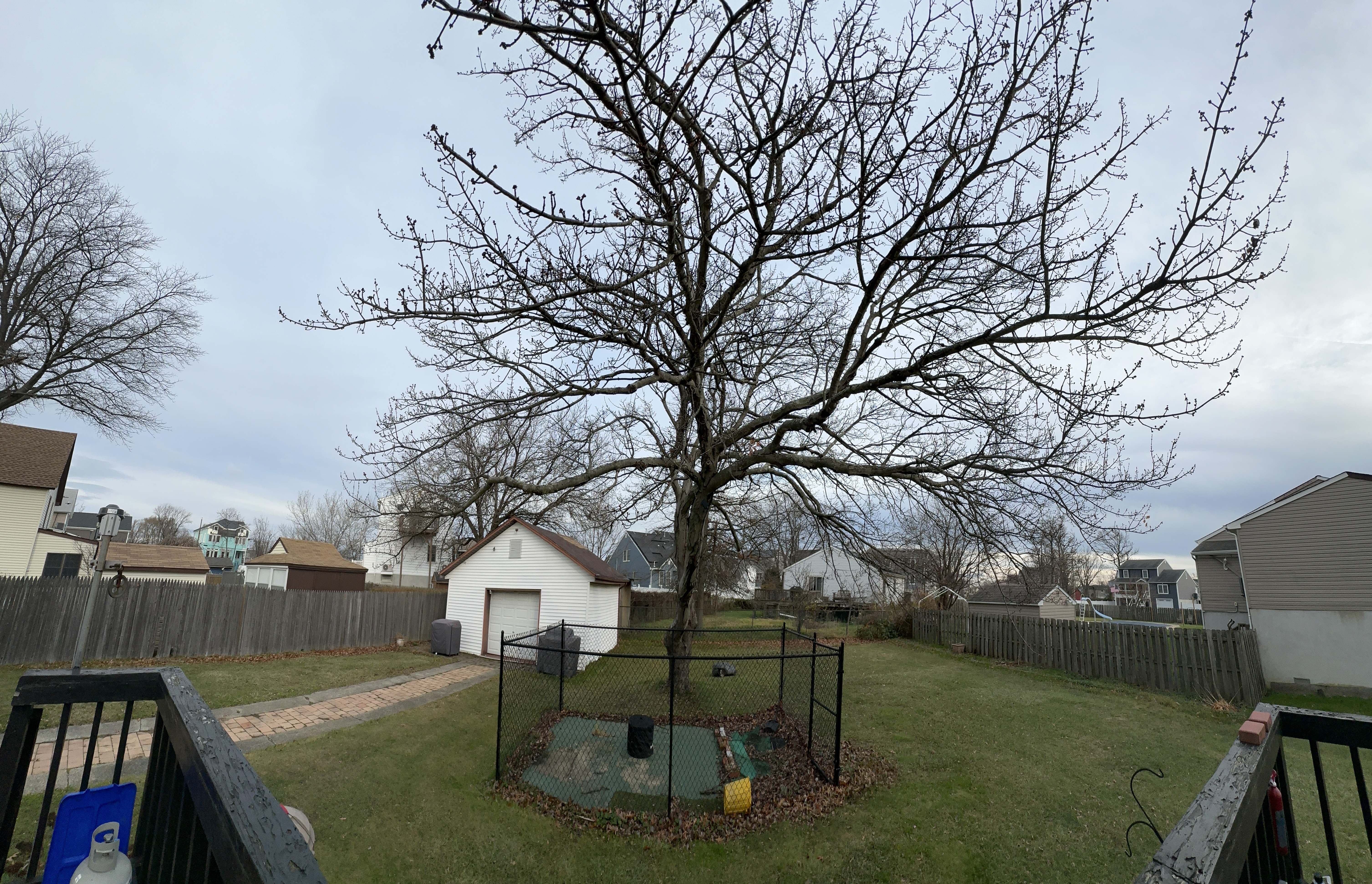
When it comes to capturing sweeping landscape scenes, the ultrawide camera was made to do them justice. However, one neat trip to get even more coverage is to leverage your phone’s panoramic mode and pair it with the ultrawide camera.
Not every phone will let you use the ultrawide camera to capture panoramic shots, but if they do, you’ll be able to cover more of the scene. You can see in the gallery above how more of the scene is exposed by using this method.
Unique perspectives
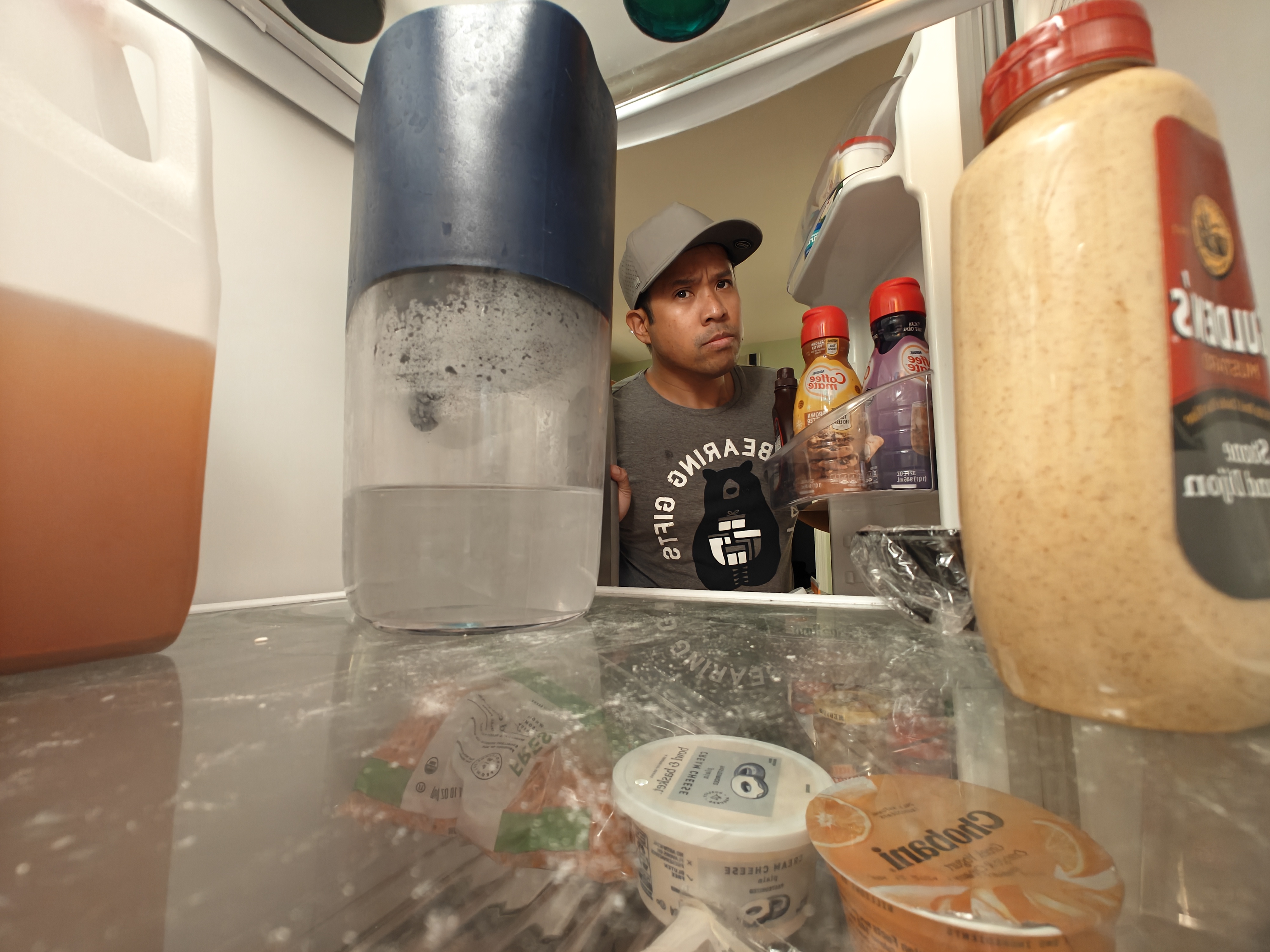
Due to the wider coverage they offer, ultrawide cameras dish up unique perspectives you can’t achieve with the main camera. For example, placing your phone in tight quarters — like inside the fridge — where an ultrawide shot can make the cramped area feel like a larger, more open space. Or alternatively, strap your phone to you somehow for a first person view.
Following the lines

This next tip sort of relates to the fundamental rule of keeping your subject centered. Another rule of thumb when capturing shots with the ultrawide camera is to follow the lines, sort of like capturing a landscape scene showing stuff coming to a point in the distance.
A great example of this is of the setting sun by the beach, or if you’re on a flat road that goes very far in the distance. These types of shots with the ultrawide camera are more expressive because these “lines” converge at a point in the distance.
Vlogging with foldable phones
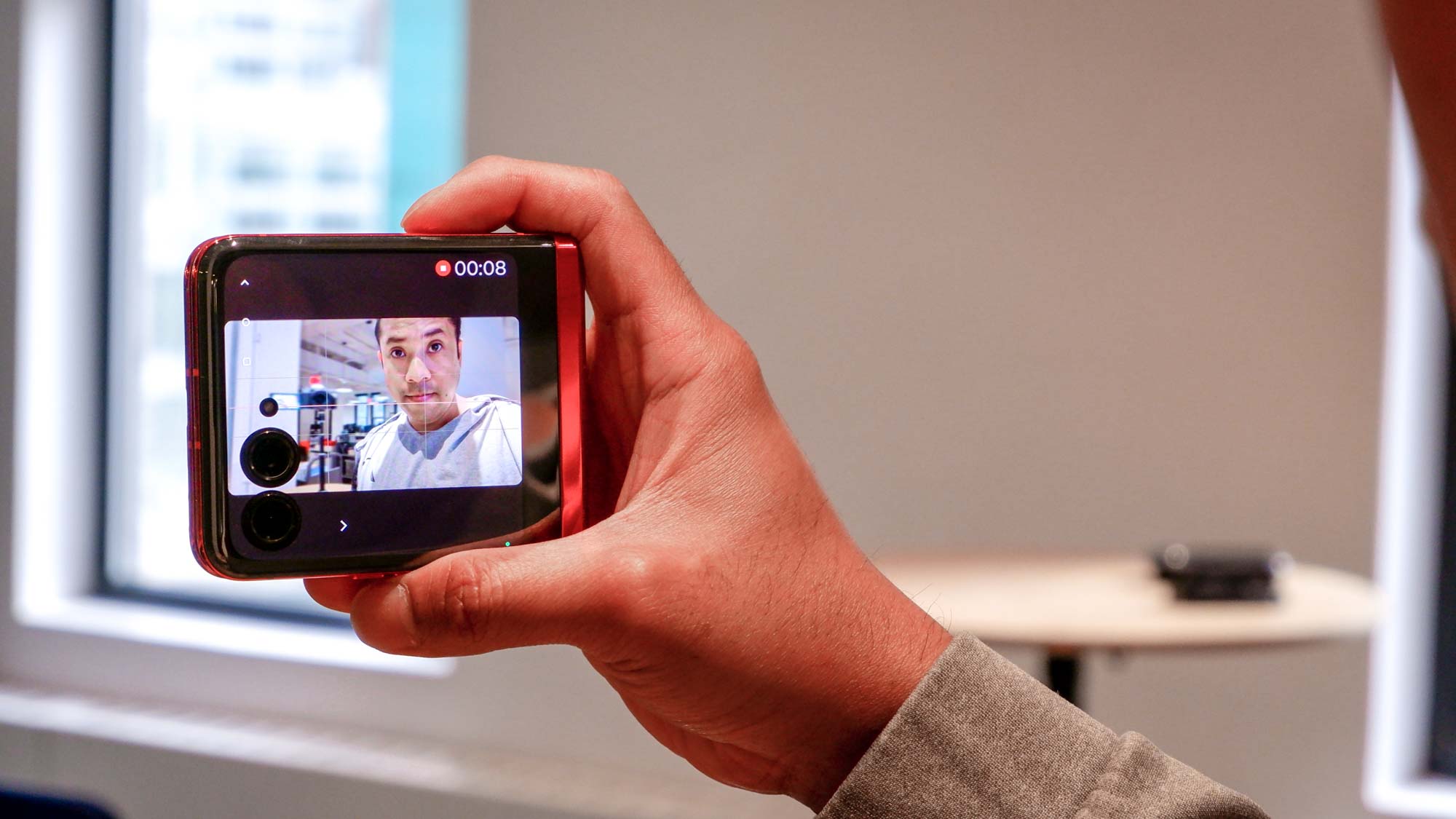
And lastly, foldable phones are changing the way ultrawide cameras are being used. Vlogging is inherently better with the ultrawide camera, especially when these flex modes allow users to see themselves on their phone’s display while recording video. Of course, you’ll still want to keep yourself centered in the frame to reduce distortion.
More from Tom's Guide
- 9 Android camera features that will help you take way better photos
- 11 hidden iPhone camera tips everyone needs to know
- 7 tips and tricks to capture fireworks on your phone like a pro

John’s a senior editor covering phones for Tom’s Guide. He’s no stranger in this area having covered mobile phones and gadgets since 2008 when he started his career. On top of his editor duties, he’s a seasoned videographer being in front and behind the camera producing YouTube videos. Previously, he held editor roles with PhoneArena, Android Authority, Digital Trends, and SPY. Outside of tech, he enjoys producing mini documentaries and fun social clips for small businesses, enjoying the beach life at the Jersey Shore, and recently becoming a first time homeowner.
